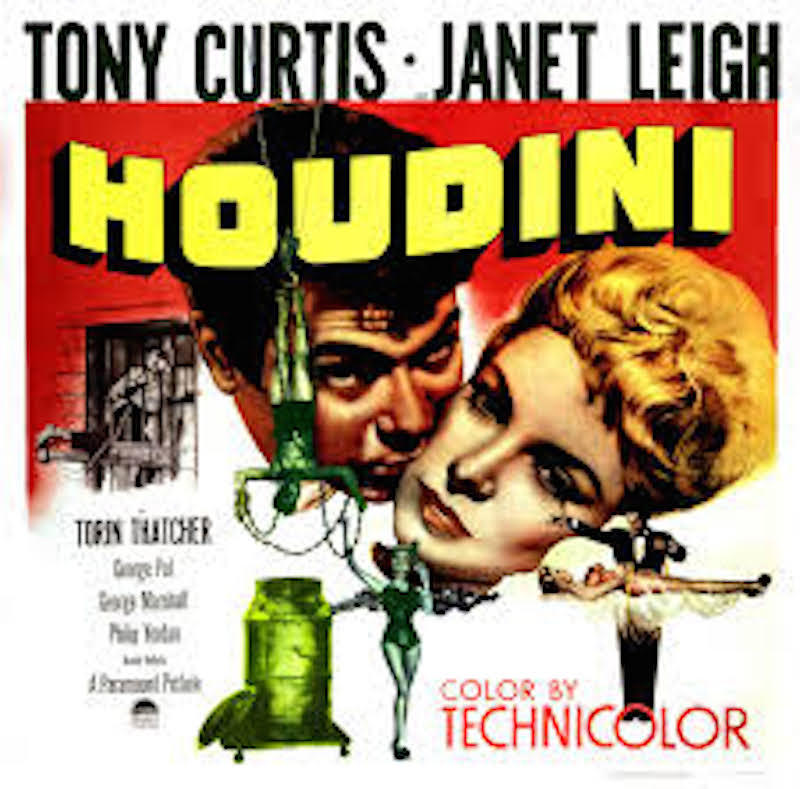
Houdini uses a rectangular coordinate system that is basically the same as the one René Descartes created way back in the 1600s. This sort of visualization is easily understood in terms of 3D coordinate systems as well.

From this perspective, the left to right measurement indicates width, the top to bottom measurement indicates height, and the measurement from the top side to the back side of the mattress indicates depth.

Now imagine you are floating above and looking down on one mattress. After all, how else can you ensure that every square foot of your room is covered in springy good times? After taking these measurements, you usually describe them in terms of a width, height and depth. Most of you have, at one time or another, had the experience of measuring a mattress. So you are determined and excited now, right? That is good, because before you can jump into the glory of creating an alien world or a terrestrial apocalypse, you must first ensure that you have a solid understanding of the 3D concepts that comprise your new environment. In the next few months, VFXWorld readers will learn the basics of the dominant tool that has been used in the creation of some of the most awe-inspiring animation and cinematic effects ever made. poster of famous American magician Howard Thurston, 1915.This is the next in a series of excerpts from the Thomson Course Technology book The Magic of Houdini by Will Cunningham. Copyright: Mike Caveney's Egyptian Hall Museum Photograph of the Mexican magician Professor Herrmann sawing a lady in half, 1923. Spirit photograph of the Dutch magician E. Copyrigh t : George and Sandy Daily Collection poster of Harry Houdini's famous Water Torture Cell, 1916. Images courtesy Mike Caveney's Egyptian Hall Museum George and Sandy Daily Collection Christian Fechner Collection and The Library of Congress Produced by the BBC's Bill McKenna and Sune Engel Rasmussen He says magicians have adapted their craft to their environment as performances have shifted from the streets to the great Vaudeville theatres and on to TV and YouTube.Ĭaveney told the BBC that while modern magicians may not be superstars on the scale of Harry Houdini or Carter the Great, they are still creating new stunts and tricks that leave audiences asking "How did they do that?" Mike Caveney is a professional magician and co-author of Taschen Books's Magic: 1400s-1950s, in which he uses photographs and illustrations to show how spirit invokers, sleight of hand experts and illusionists have entertained us for centuries. We all live by the same physical rules of the universe, and when someone breaks them we watch open-mouthed, stunned into silence.

Humans have always been fascinated by magic.


 0 kommentar(er)
0 kommentar(er)
